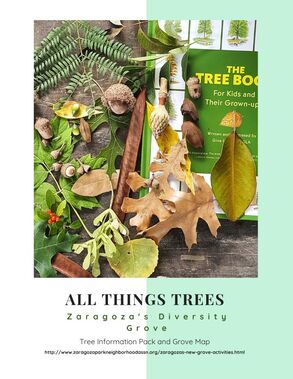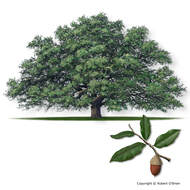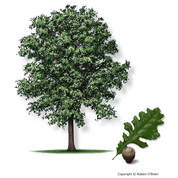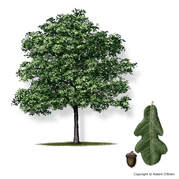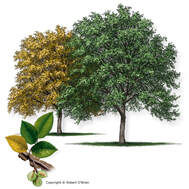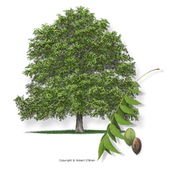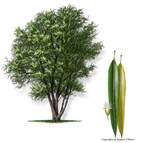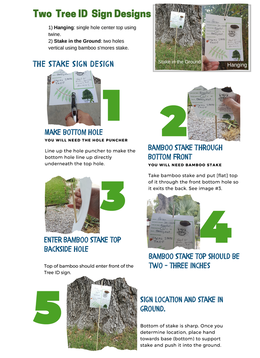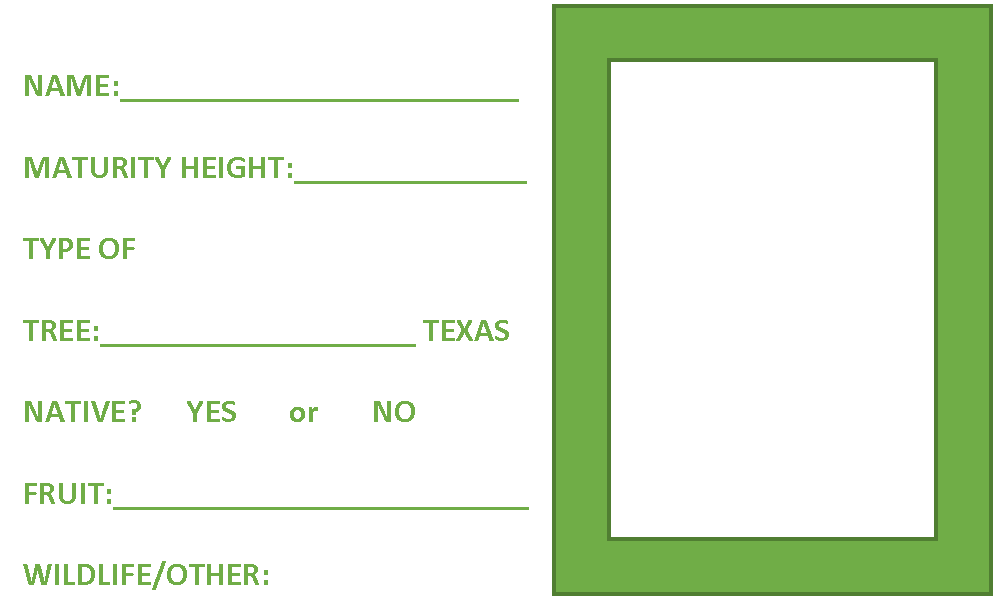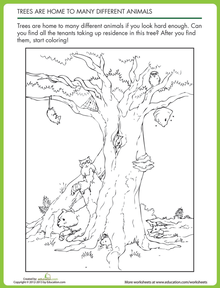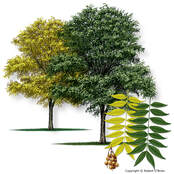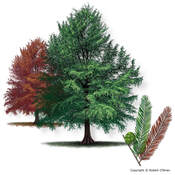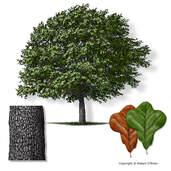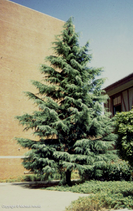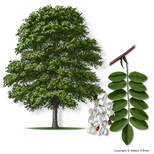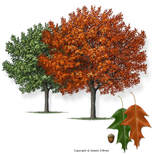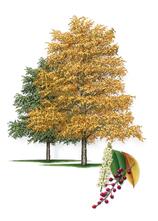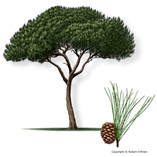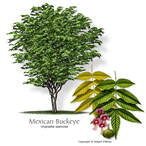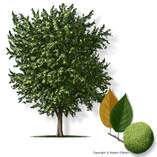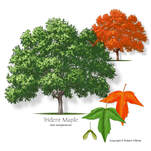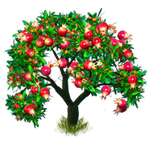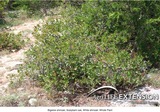Welcome to Zaragoza Park's Newly Planted Diversity Grove 'Tree ID' Activities Hub
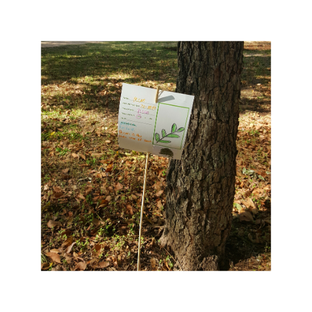
In March 2019, City of Austin Urban Forestry planted more than 60 baby trees, or saplings, comprising 30 species in Parque Zaragoza Neighborhood Park. Our website and Parque Zaragoza Neighborhood Park provides free educational fun activities for learning more about the park's new Diversity Grove and how to identify trees. You can use the Grove Tree ID Location Map to identify the 30 various species we have growing in Parque Zaragoza. Many of the new saplings provide an excellent opportunity for children reaching the heights of many of the tree's canopies an up close leaf identification experience.The 'All Things Trees' pdf information pack provides educational and fun facts about all the trees in the park including height, fruit, and various wildlife each tree provides shelter and food for. Make sure to also checkout the instructions and downloadable template for making eco-friendly DIY tree identification signs and other kids activities for all ages. Don't forget to hug one of our 200 year old heritage Oaks too. And contact [email protected] if you have photos you would like to add of a family or school park event to our website or social media. We would love to share your experience!
Images and information By Texas A&M Forest Service and Arbor Day Foundation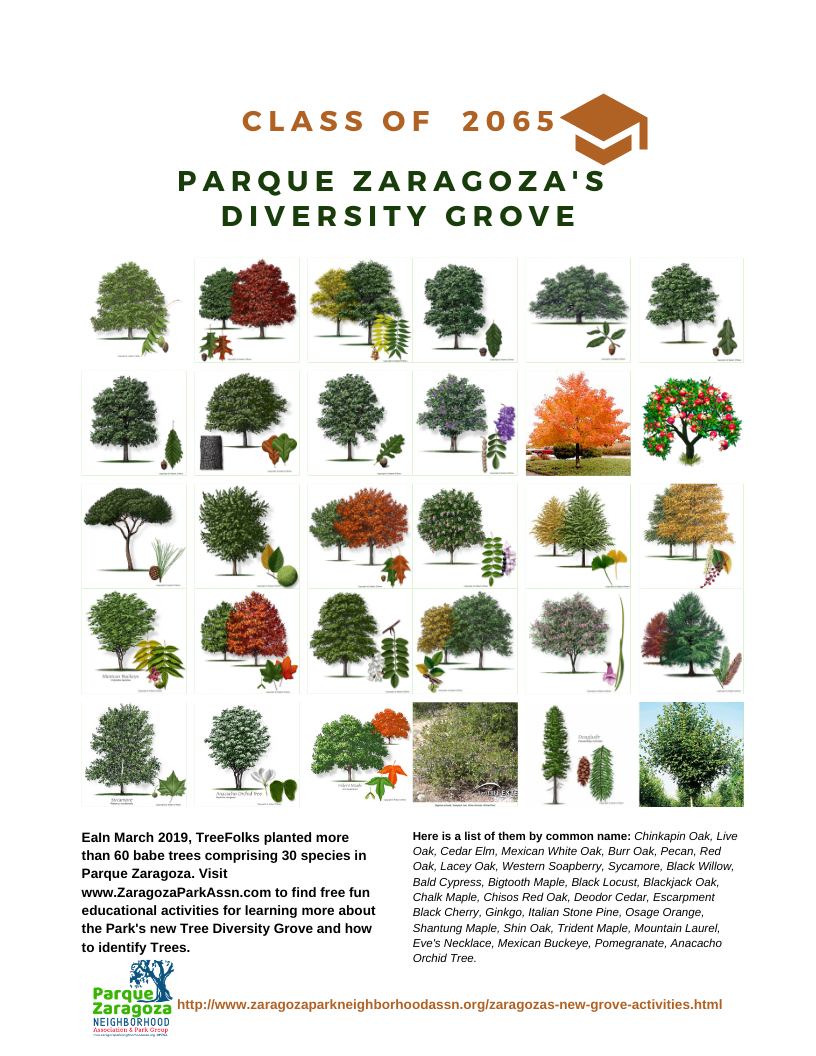
Note all Tree names in Green Boldface are hyperlinked to a one or two page printable PDF information sheet.
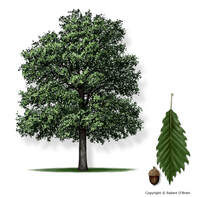
Chinkapin Oak
Wildlife Value: Chinkapin oak acorns are the preferred food for wild turkeys, grouse, white-tailed deer, black bears, chipmunks, squirrels and hogs. Cattle will eat the leaves. 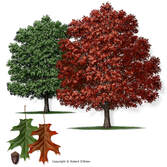
Red Oak
Wildlife Value: Acorns from this tree are at the top of the food preference list for blue jays, wild turkeys, squirrels, small rodents, whitetail deer, raccoons and black bears. Deer also browse the buds and twigs in wintertime. 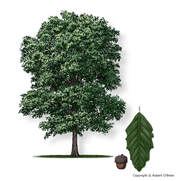
Mexican White Oak
Interesting Facts:Only recently discovered in the U.S. (1992) as a native tree species, but widely available in commercial nurseries. 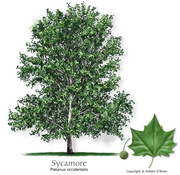
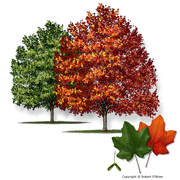
Bigtooth Maple
Interesting Facts:Brilliant fall color can best be seen at Lost Maples State Park near Vanderpool, or in McKittrick Canyon of Guadalupe Mountains National Park. 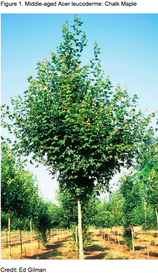
Chalk Maple
Wildlife: Pollen for insects and birds and small mammals eat the seeds From ENH-178, one of a series of the Environmental Horticulture, UF/IFAS Extension. Original publication date November 1993. Reviewed February 2014. Visit the EDIS website at http://edis.ifas.ufl.edu. 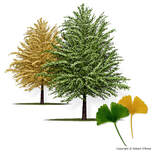
Ginkgo
History/Lore: The Ginkgo tree is a living fossil, with the earliest leaf fossils dating from 270 million years ago. It was rediscovered in 1691 in China and was brought to this country in the late 1700s. The seeds and leaves have been (and are still today) used in medicine throughout the world. 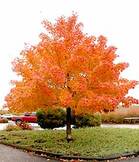
Shantung Maple
The Shantung maple was designated a Texas superstar tree by Texas A&M University in 2001, http://texassuperstar.com. 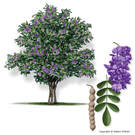
Mountain Laurel
Bloom Information: Bloom Color: Blue , Purple Bloom Time: Feb , Mar Bloom Notes: Bloom fragrance often compared to artificial grape products like grape Kool-Aid, grape bubble gum, grape soft drinks, etc. A pleasant but almost overpoweringly strong fragrance that can waft a considerable distance from the plant. 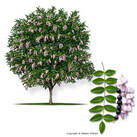
Eve's Necklace
Fruit:A slender string of shiny, black beads, from 2" to 4" long, on a stalk 2" long, with narrow constrictions between the seeds, giving the tree it's common name, Eve's-necklace. 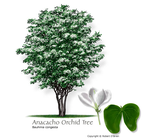
Anacacho Orchid Tree
The blooms are in tight clusters of white or pale-pink 3/4-inch flowers. The old species name B. congesta refers to the crowded flowers. |
|

